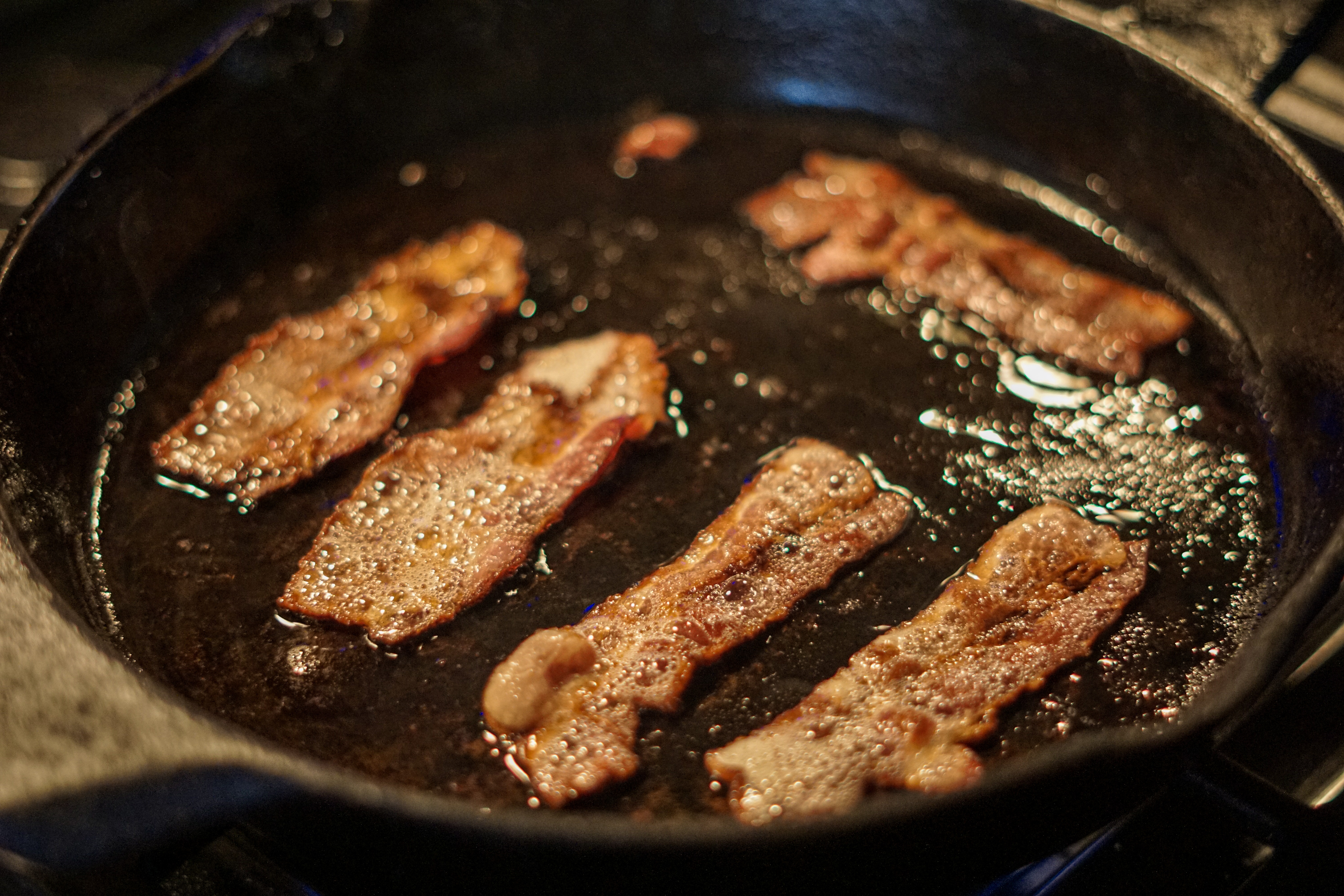News release
From:
Texture may drive overconsumption of high-fat foods
Human study reveals that the smooth texture of fatty foods enhances the reward value of these foods and points to a brain region mediating this effect.
Avoiding high-fat and sugar-heavy diets is difficult. Fat and sugar enhance the reward value of food and thus contribute to overeating and weight gain. While the enhanced reward value may be attributed to the sweet taste of these foods, researchers have discovered that it may also be due to the smooth texture of fatty foods. Khorisantono and colleagues imaged human brains while volunteers sampled and evaluated liquid foods with variable amounts of fat and sugar by placing monetary bids on the foods for consumption. They discovered that a brain region called the orbitofrontal cortex (OFC) was responsive to oily, smooth textures produced by fatty liquids on surfaces of the mouth.
There were distinct patterns of OFC activity mediating the reward value of foods based off of their texture. Notably, the sensitivity of the OFC to oral texture predicted fat preferences of individuals, whereby higher OFC activation led to higher reward evaluation and fat consumption. These findings suggest that the OFC detects the smooth texture of foods and links this sensory information to a reward valuation that guides eating behavior. In addition to advancing our understanding of food reward, this work may inform the design of fat-replacement foods that mimic the texture of fat to “trick” neural reward systems into favoring healthier, lower fat content foods.



 International
International



